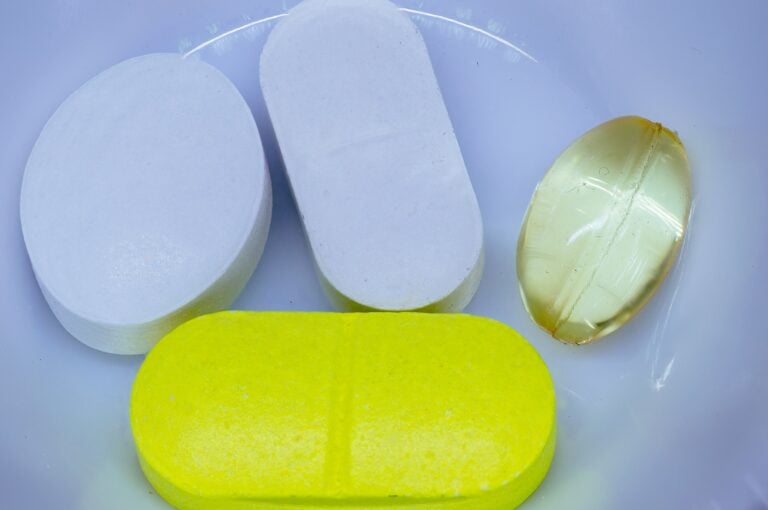August 14, 2024

August 14, 2024

One of the big questions pharmaceutical, biotech and medical device companies often ask, is: “When is the optimal time to seek strategic regulatory consulting assistance?”. Traditionally, the need for regulatory consulting support is inversely proportional to the availability of expertise within the companies’ own regulatory department. This blog explains the three elements required for developing a successful regulatory strategy.
The below principles apply for three types of companies in particular. For companies in the drug development process, 50% of organizations are in need of a full regulatory strategy at the project’s outset, and the remaining 50% tend to need a gap assessment, as filings are already in process. When you’re still early in the development process, considering multiple indications, the selection of the primary indication should be based on a number of viability factors, including commercial, scientific, regulatory, manufacturing, etc. For many companies considering numerous indications, the regulatory strategy will research the relative regulatory effort expected for each indication, to be considered with these other factors in selecting an initial indication. This will support decision making efforts. For emerging companies, a thorough strategy assessment not only includes a regulatory pathway but also provides assessments and plans for nonclinical, clinical, and Chemistry, Manufacturing, and Controls (CMC). The objective of the regulatory strategy is to establish clarity on the optimal path to approval.
There are three elements necessary to develop a successful regulatory strategy:
The consultant must quickly become familiar with the client’s data, including:
If possible, using prior approvals or relevant literature to make the case for safety and efficacy is optimal; this is particularly important for products seeking NDA approval from FDA via the 505(b)(2) pathway. For organizations developing a novel product and submitting a 505(b)(1) NDA application, FDA’s response to similar products may be instructive.
Successful regulatory strategies require input from experts across various disciplines, including nonclinical, clinical, CMC, and biopharmaceutics/pharmacology.
The development of a successful regulatory strategy typically takes about six to eight weeks to compile, discuss, and finalize. The strategy will typically include:
Once the strategy is established, the next step is typically the development and conduct of a Pre-IND Meeting. The objective of the strategy is to obtain internal alignment on the roadmap to approval. The objective of the Pre-IND Meeting is to align FDA with your strategy, compelling the Agency to provide responses to the client’s specific questions.
An investment in the development of a cogent regulatory strategy has the highest return on investment of any step in the drug development process; a well-designed strategy may enable you to eliminate certain nonclinical or clinical studies, thereby shortening development time and saving millions.
Are you in need of a solid regulatory strategy to guide your path to FDA approval? We can help. Contact us today to lean how we can help develop a successful regulatory strategy for your provide, improving your chances of achieving successful interactions with FDA.
This blog post has been updated since its original published date: January 18, 2022

August 2, 2022
Today, FDA published a new batch of product-specific guidances (PSGs). PSGs provide recommendations for developing generic drugs and generating the evidence needed to support abbreviated new drug...
March 15, 2019
On Thursday, March 7th, FDA published a revised draft guidance, updating its nonproprietary naming convention for biological products licensed under section 351 of the Public Health Service Act (PHS...